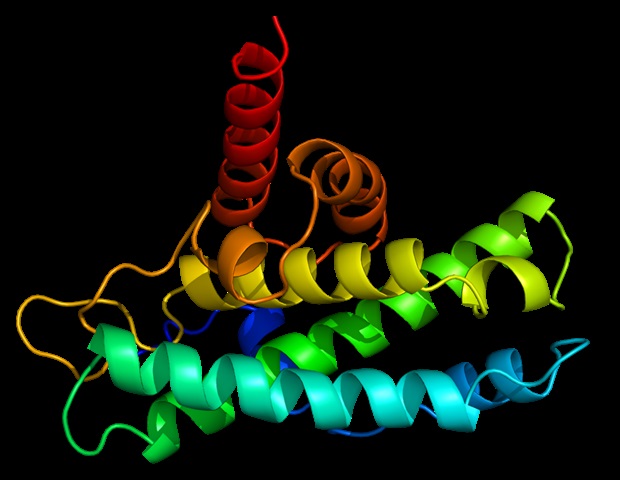A leading pet health expert has warned dog owners to be on the lookout for the tell-tale signs of hay fever in their pooch. The arrival of spring spells misery for one in four adults in the UK, but as many as one in 10 dogs – more than a million - are also believed to suffer the effects of rising pollen levels. Nutrition manager at Burns Pet Nutrition , Laura Crotch Harvey, has revealed the hay fever symptoms that owners can watch out for and ways to relieve their furry friend.
She said: “Like humans, dogs can suffer from seasonal allergies and hay fever, which can significantly impact their quality of life. “It’s important that owners are aware of hay fever symptoms, especially if their companion seems overly irritable, restless and just not themselves. “Always speak to a vet if you are concerned.

They may recommend medication or treatments tailored to your dog's specific needs.” What are the main symptoms? Hay fever mostly affects a dog’s skin – and the signs often include itching, nibbling or rubbing various parts of their body. The most affected areas tend to be dog’s paws, eyes, ears, mouth and muzzle, armpits, abdomen, legs, and around their bum and groin.
Dogs hit with hay fever may develop flaky, red, and irritated skin that feels greasy to the touch. If your dog seems uncomfortable and you suspect hay fever or another allergy, consult your vet for proper diagnosis and treatment. What can I do to treat it? Although there is no way to fully prevent hay fever in your four-legged friend, there are several treatments that can help them enjoy the summer months more, the expert advises.
Medicated shampoos, skin sprays and creams that can help ease the itching can be purchased from a vet or pet shop. Much like with humans, there are also eye drops and ear drops that can help reduce the unwanted effects of hay fever. Antihistamines are also an option, however, these are not always an effective solution in dogs and may cause them to become drowsy.
These should only ever be given under the direction of a vet because they can be toxic to dogs. What can you do to help symptoms during summer? Although the treatments mentioned can be effective in combating your dog’s seasonal allergies, there are several tips that may benefit a dog in the summer months, too. Firstly, try taking your dog out for walks earlier in the day or later at night.
Typically, hay fever is at its most intense in the middle of the day. If you live near the sea, walk your dog along the coast instead of in a park because the salty sea air makes pollen counts much lower. Secondly, try to wipe down your dog after a walk because this can help to remove excess pollen from their body.
Recommended reading: Dog owners could face £1,000 on beaches from May 1 When and how often should I walk my dog as spring arrives? What to do if a dog is overweight? 3 expert tips from a vet If you have a garden with grass, make sure to keep the lawn cut short. This will help prevent grass seed injuries where seeds attach themselves to a dog's fur and, when undetected, can burrow into the skin. Other practical steps to combat hay fever include having an air filter in the home, regularly washing the dog’s bedding, keeping windows and doors shut and vacuuming regularly.
Similar symptoms occurring outside pollen season could indicate different allergies, such as reactions to fleas or house dust mites, or possibly bacterial, yeast, or parasitic infections. That's why it's always important to consult your vet for proper diagnosis and treatment..
Health

How hay fever can affect your dog - the main symptoms to lookout for

Dog owners are being warned to be on the lookout for the tell-tale signs of hay fever in their pooch.















